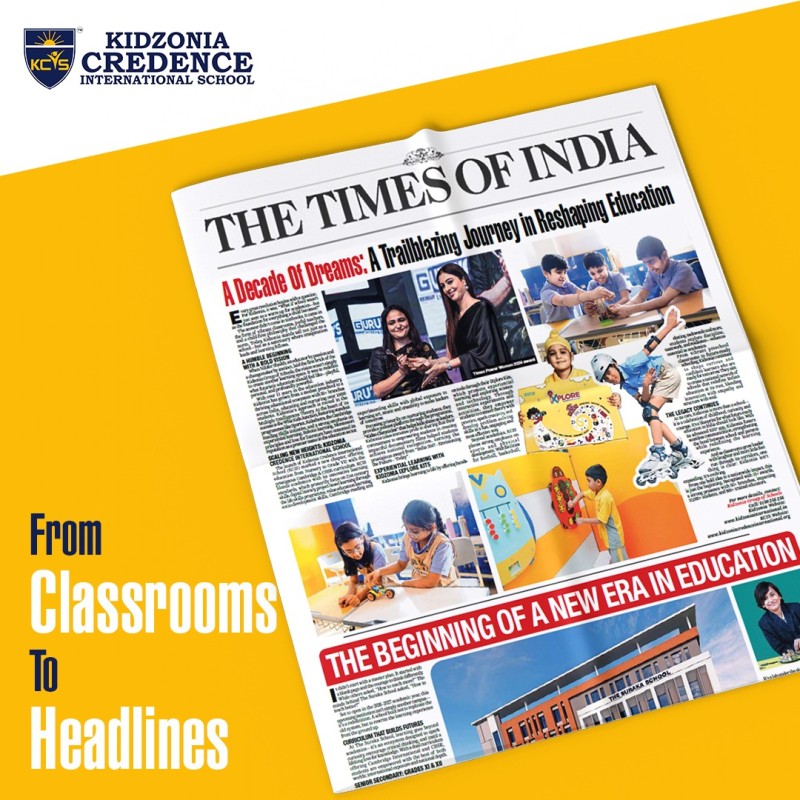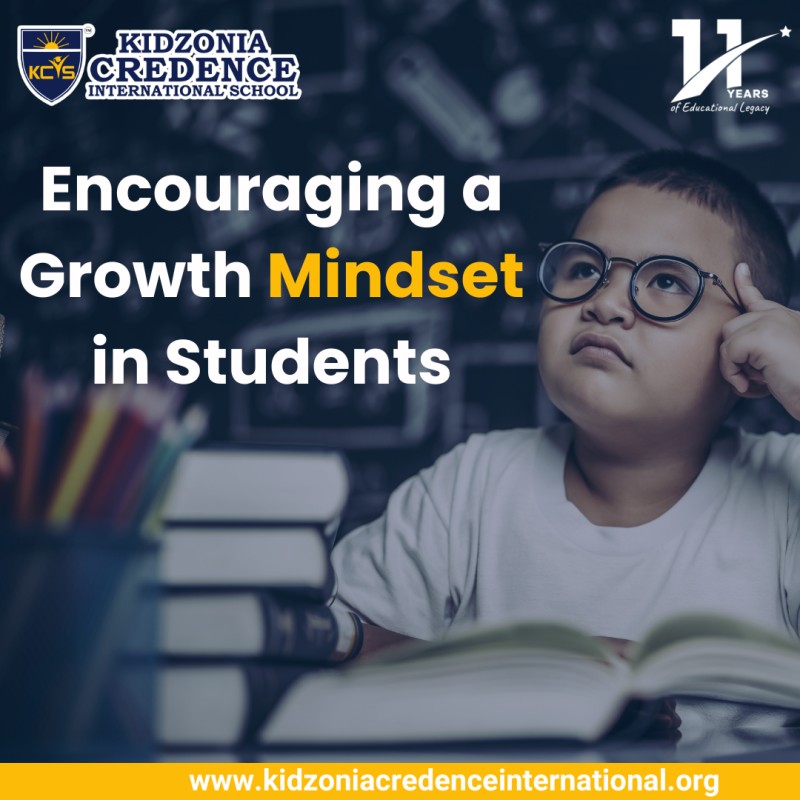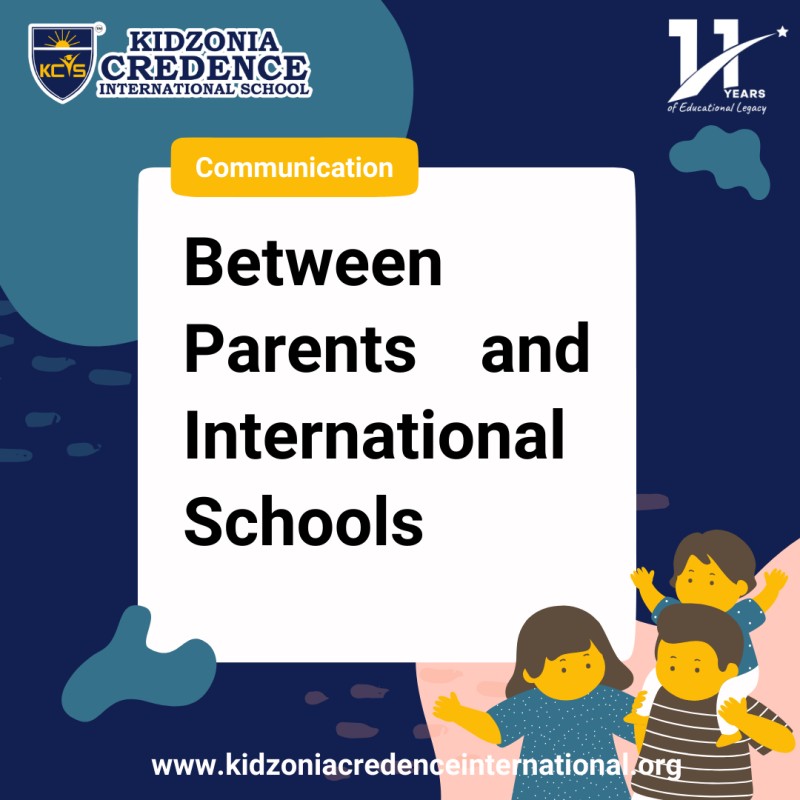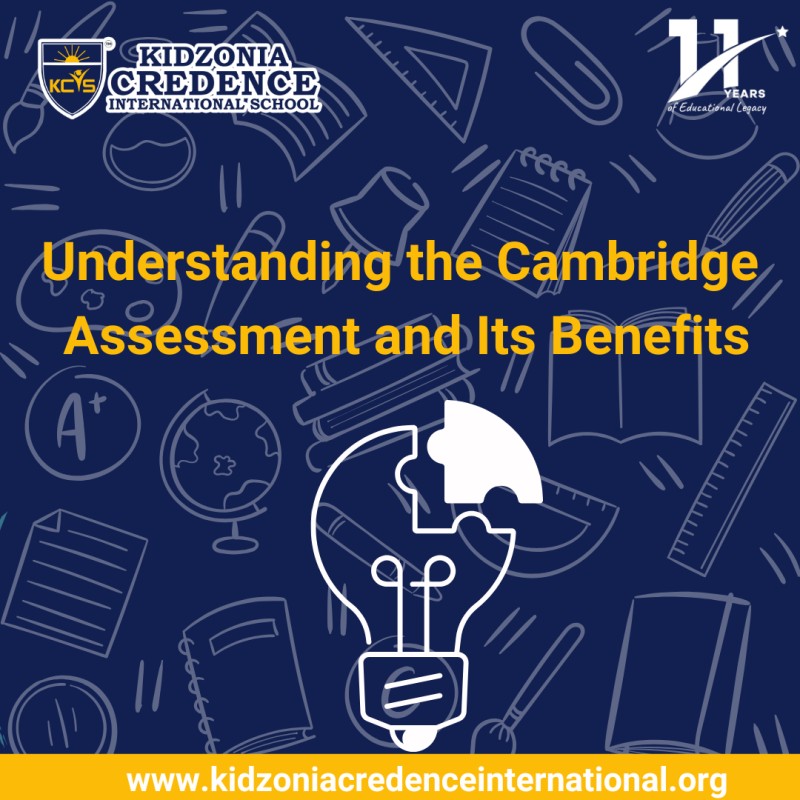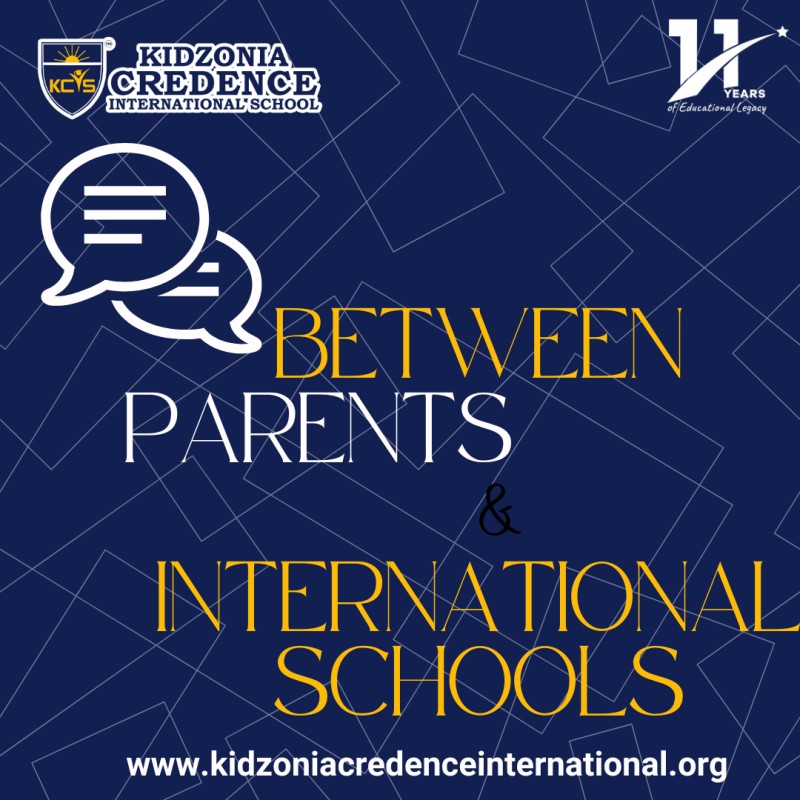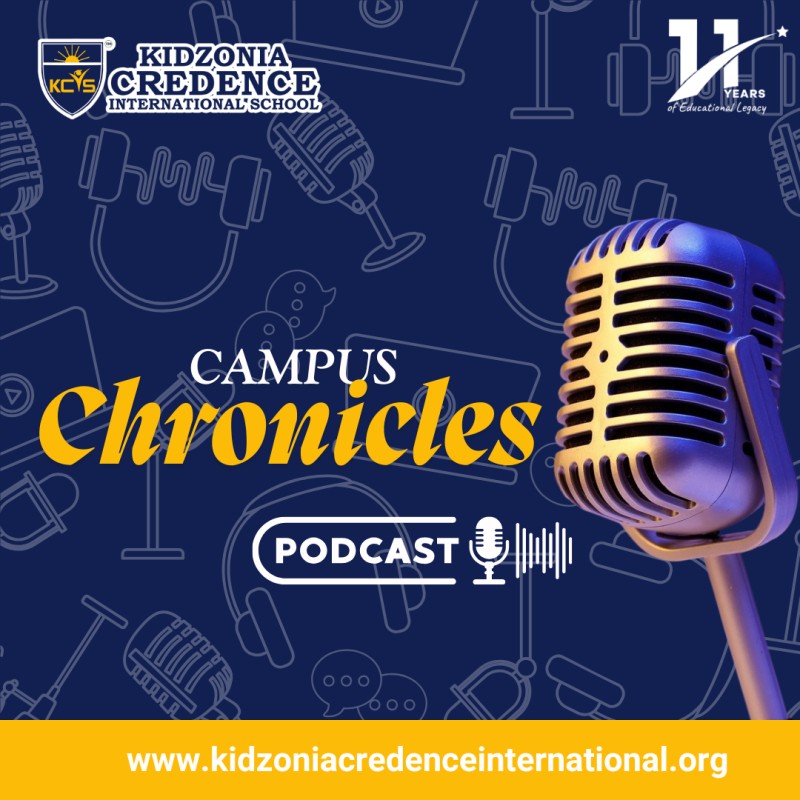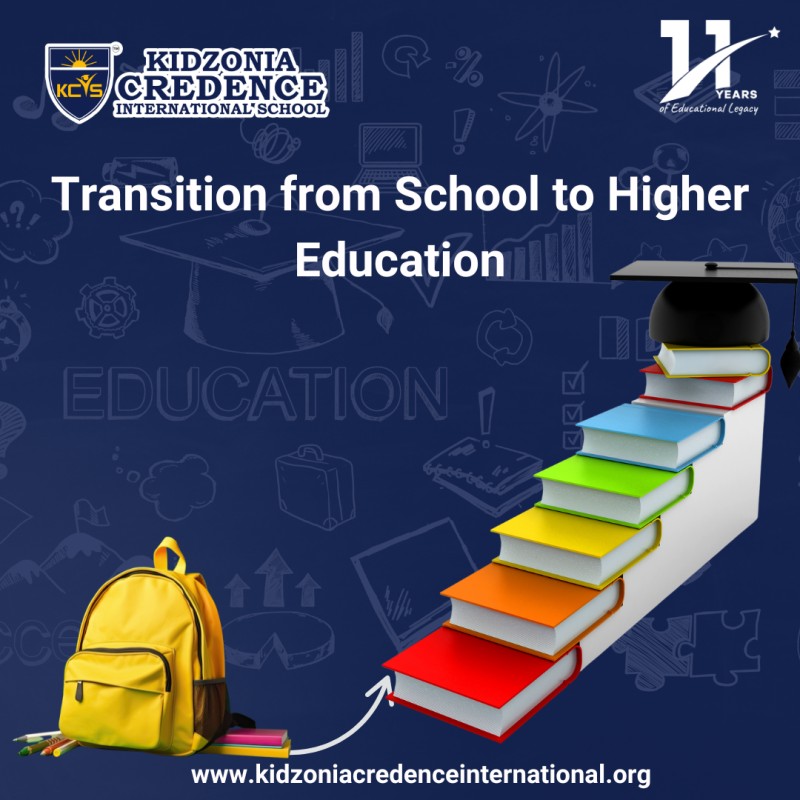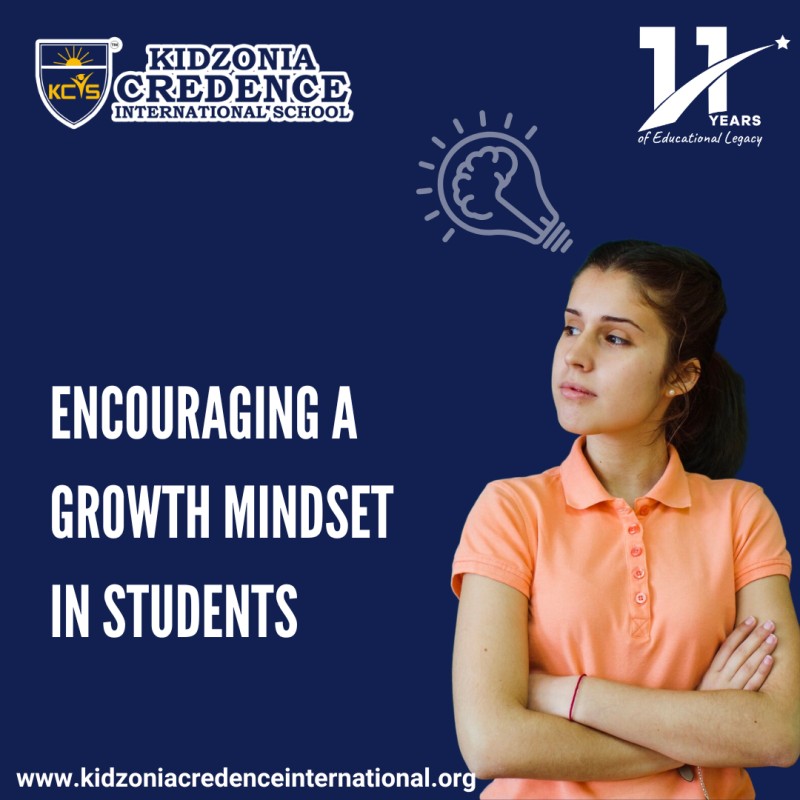By KIDZONIA
Personalized Learning or Experiential Learning?
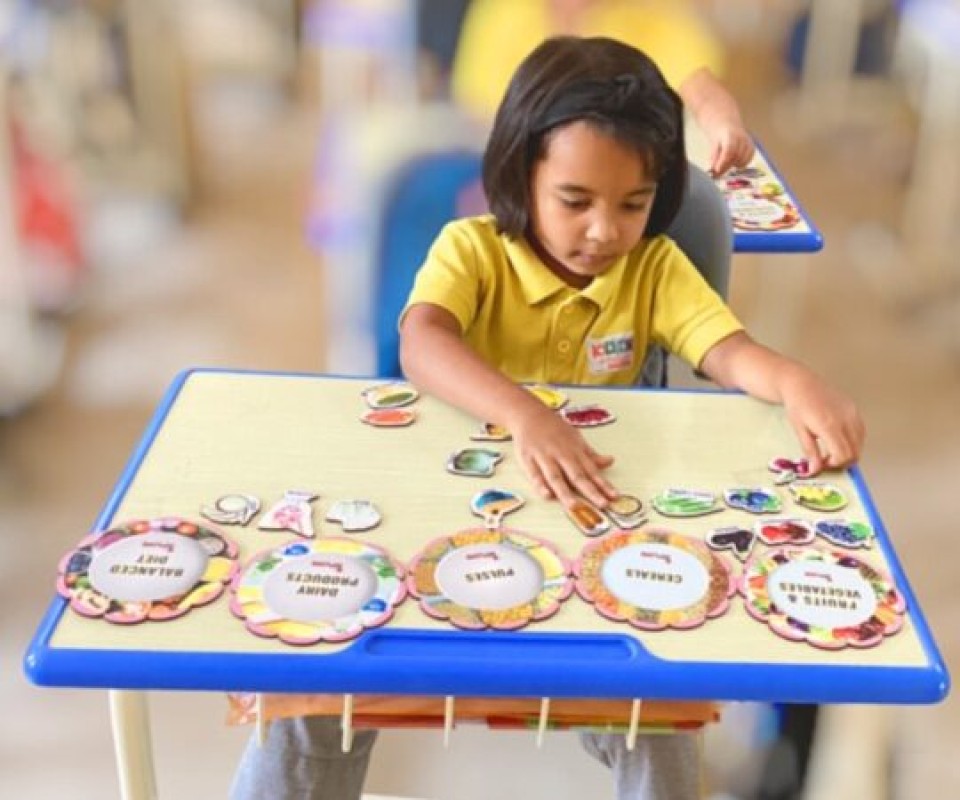
Introduction
Imagine our children going to school and learning in a way that works best for them. Maybe they like to read books or watch videos, or maybe they prefer to work with a teacher one-on-one. This is called personalized learning, and it’s a way of learning that is designed just for them. On the other hand, imagine our child learning by doing things themselves, like building a model or going on a field trip. This is called experiential learning, and it’s a way of learning through experience.
 Importance of Choosing the Right Approach
Importance of Choosing the Right Approach
When our children learn using an approach that matches their learning style, they are more likely to understand and remember what they’ve learned. This can boost their confidence and sense of accomplishment. However, if they are forced to learn using an approach that doesn’t suit them, they might struggle, feel frustrated, and lose interest.
This can have a negative impact on their learning and self-esteem. That’s why it’s crucial to choose the right approach based on our child’s preferences, interests, and learning style. For example, if our child likes to learn by reading and taking notes, personalized learning might be the best approach for them. On the other hand, if they prefer hands-on experiences, experiential learning might be more effective.
By choosing the right approach, we can help our children enjoy learning, retain what they’ve learned, and achieve their goals.
Personalized Learning
Personalized learning means that we, as parents, can work with our child’s teachers to design a learning experience that is tailored just for our child. This might mean our child gets to learn at their own pace or choose the topics they want to learn about. One of the benefits of personalized learning is that it can help our children stay motivated and engaged in their learning. When they get to choose what they want to learn, they are more likely to enjoy it! However, one of the downsides of personalized learning is that our children might miss out on learning things they didn’t know they were interested in. If they only ever learn about things they already know they like, they might miss out on discovering something new that they love.
Characteristics
Here are some characteristics of personalized learning:
- Learning materials are tailored: In personalized learning, teachers select and create learning materials that match each student’s individual needs and interests. This means that our children can learn things they find exciting and relevant.
- Learning is self-paced: In personalized learning, our children can learn at their own pace. This means they can take their time with challenging concepts and move more quickly through material that they find easy.
- Feedback is personalized: In personalized learning, teachers provide feedback that is specific to our child. This helps them understand their strengths and areas where they need to improve.
- Goals are personalized: In personalized learning, teachers work with us and our child to set individual learning goals that are tailored to our child’s interests and abilities.
- Learning is student-centered: In personalized learning, our child is at the center of the learning process. The teacher acts as a facilitator, guiding and supporting our children as they learn.
Personalized learning can help our children feel more engaged in the learning process and motivated to learn. It can also help them achieve their goals faster and retain information better.
Advantages:
- Improves student engagement
- Provides time to fully understand the material
- Improves student outcomes
- Helps teachers better understand their students
Disadvantages:
- Time-consuming
- Challenging to implement in large classes
- Personalized learning can be costly
- Personalized learning can lead to a lack of diversity in instruction
It’s essential to weigh the advantages and disadvantages of personalized learning when deciding if it’s the right approach for our child. While personalized learning can be beneficial, it’s not the best fit for everyone.
Examples of Personalized Learning Approaches
Personalized learning can take many forms, and here are some examples:
- Self-Paced Learning: Our children can work through the course materials at their own pace, and they are only moved on to the next topic when they have shown mastery.
- Project-Based Learning: Our child works on a project that aligns with their interests while still learning the necessary skills and knowledge.
- Competency-Based Learning: Our child progresses when they have demonstrated mastery of specific competencies or skills, rather than by completing a set amount of time in a class.
- Personalized Learning Plans: Teachers develop a personalized learning plan for our children that identifies their strengths, weaknesses, and learning goals.
- Adaptive Learning Technology: Technology that uses algorithms to adjust the difficulty of material based on our child’s performance and learning style.
- Individualized Instruction: Teachers work with our child one-on-one to ensure that they are receiving instruction that meets their unique needs.
These are just a few examples of how personalized learning can be implemented in the classroom. The approach that works best will depend on the student’s individual needs and learning style.
Now that we know what personalized learning is all about, let’s explore experiential learning.
Experiential Learning
Experiential learning means learning by doing. Instead of just reading about something, you get to experience it for yourself. This might mean going on a field trip, building something with your hands, or even just going outside to explore. One of the benefits of experiential learning is that it can help our children remember things better. When they learn by doing, they are more likely to remember what they learned! However, one of the downsides of experiential learning is that it can be harder to measure their progress. If they are learning by doing things, it might be harder to tell how much they’ve learned than someone learning from a textbook.
Characteristics
Here are some characteristics of experiential learning:
- Active Participation: Students are encouraged to be active learners and to take an active role in their learning process.
- Reflection: After an experience, students are asked to reflect on what they learned and how they can apply it to their lives.
- Problem-Solving: Experiential learning helps students develop critical thinking and problem-solving skills by putting them in situations where they need to use these skills.
- Collaboration: Students work together to complete activities and share their ideas and knowledge.
- Relevance: Experiential learning activities are designed to be relevant to the student’s lives and interests.
- Variety: Experiential learning can take many forms, including field trips, hands-on activities, and simulations.
Experiential learning can be a powerful way to help students learn and develop new skills. By providing students with real-world experiences and opportunities to apply what they have learned, experiential learning can help them become more engaged and motivated learners.
Advantages:
- Helps students stay interested and motivated
- Provides students with real-world experiences
- Helps develop practical skills that they can use in their daily lives
- Helps develop critical thinking and problem-solving skills
- Helps learn to collaborate and work effectively with others
- The needs and interests of individual students can also be met
Disadvantages:
- Can be unpredictable and may not always go as planned
- Can be challenging for both teachers and students
- May present safety risks that need to be carefully managed
- Takes more time to plan and execute than traditional classroom activities
- Difficult to assess learning outcomes from experiential learning activities
Examples of Experiential Learning Approaches
Here are some fun and creative examples of experiential learning:
- Outdoor field trips: Taking students on a nature hike or a trip to a local museum can be a great way to engage their senses and help them learn about the world around them.
- Science experiments: Conducting experiments in the classroom can help students see science concepts in action and develop their critical thinking skills.
- Role-playing activities: Acting out different scenarios can help students develop empathy and problem-solving skills.
- Service learning: Volunteering in the community can help students develop a sense of social responsibility and see the real-world impact of their actions.
- Simulations: Simulating real-world experiences, such as running a business or managing a city, can help students develop practical skills and understand complex concepts.
- Project-based learning: Giving students a project to work on, such as designing a community garden or creating a short film, can help them develop teamwork, creativity, and problem-solving skills.
By using these experiential learning approaches, teachers can help students develop a deeper understanding of the world around them and become more engaged and motivated learners.
What’s the Difference?
Both personalized learning and experiential learning are approaches that aim to help students learn and grow in their own unique way.
Personalization: Personalized learning is all about tailoring the learning experience to the individual needs and interests of each student. This can be done through technology, individualized instruction, and self-paced learning.
Hands-on experience: Experiential learning, on the other hand, is all about giving students hands-on experiences that help them learn by doing. This can involve outdoor field trips, role-playing activities, simulations, and more.
Teacher involvement: In personalized learning, teachers often take on the role of facilitators and coaches, helping students navigate their own learning path. In experiential learning, teachers may take a more active role in designing and leading hands-on experiences.
Focus on outcomes: Personalized learning often focuses on academic outcomes and achievement, while experiential learning focuses on the development of practical skills and personal growth.
While both approaches have their strengths and can be effective in helping students learn and grow, it’s important to choose the approach that best fits the needs and learning styles of each individual student.
Personalized Learning or Experiential Learning?
So, which is better: personalized learning or experiential learning? The truth is, it depends on you!
If your child likes to learn by doing things and he/she doesn’t mind a little bit of chaos, experiential learning might be best for him/her. On the other hand, if he/she likes structure and knowing what to expect, personalized learning might be best for him/her. It’s important to remember that everyone learns differently, and what works best for one person might not work best for someone else.



